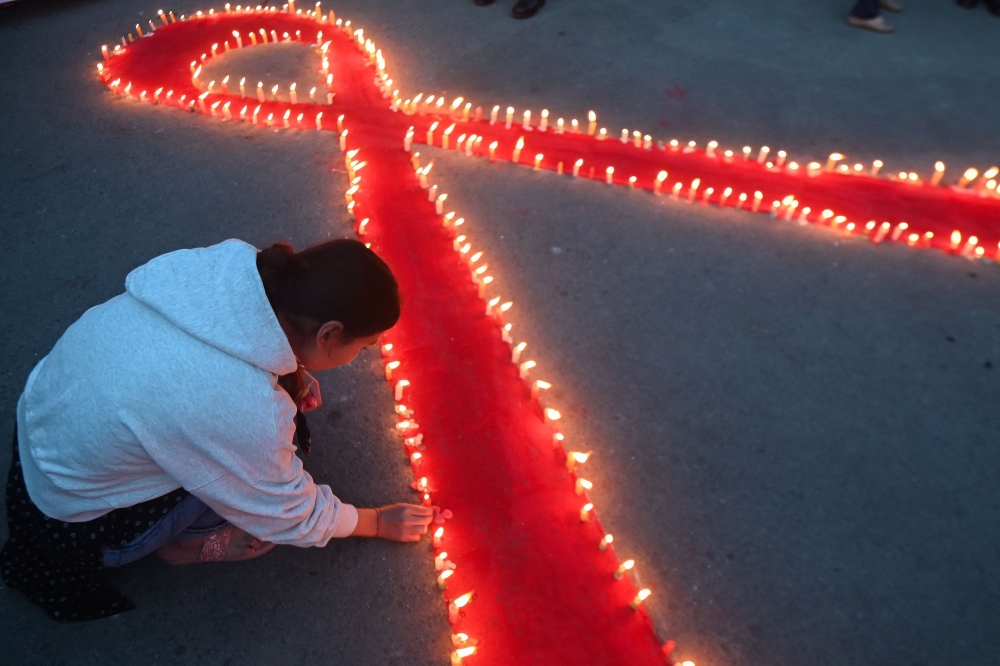JULY 10 — The recent surge in HIV infection rates among students in both public and private higher education institutions in Malaysia is a pressing concern. According to Datuk Seri Dr Zambry Abdul Kadir, the Higher Education Minister, between 6.7 per cent and 7.6 per cent of new HIV cases identified from 2020 to 2023 were among students from these institutions. While there was a slight decrease in 2021 to 186 cases, the numbers rose again in 2022 to 221 cases and in 2023 to 224 cases.
To effectively address this issue, it is crucial for stakeholders to understand its underlying dynamics. The World Health Organisation (WHO) defines sexual health as a state of physical, emotional and mental well-being in relation to sexuality, beyond the mere absence of disease or infirmity.
The open discussion on sexual health, particularly the HIV epidemic, is essential. However, in Malaysia, this topic is often avoided, leaving higher education students with limited access to accurate information necessary for making informed decisions and avoiding risky behaviours.
We face obstacles all the time as programmes by the Federation of Reproductive Health Associations Malaysia (FRHAM) in higher education institutions often encounter restrictions, including being told not to discuss HIV or use certain images.

There is a need to address HIV infection head-on. It is vital for tackling the broader issue of sexual health. The current educational syllabus barely touches on sex education, which exacerbates the problem.
As a result, students increasingly turn to social media and influencers for information, which can lead to the spread of misleading or inaccurate details. This trend was particularly evident during the pandemic when social media use surged, leading many to fall victim to misinformation.
FRHAM reported that 48 per cent of new HIV cases in 2021 were among individuals aged 13-29. Without proactive engagement from colleges and universities to educate students about sexual health and safe sex, this number will likely rise. Unfortunately, some educational institutions resist efforts to initiate these crucial conversations with students.
The rising rate of new HIV infections among higher education students is a significant warning signal for both the Ministry of Education and the Ministry of Health. Today’s youth are tomorrow’s leaders, and we cannot let stigma and discrimination hinder their future.
We at FRHAM strongly advocates for lowering the HIV screening age from 18 to 16 to enable earlier intervention, given the increasing number of cases among university students.
We also support the recent statement by Dr Dinesh Mahalingam, Vice President of the Malaysian AIDS Council, calling for greater availability of Pre-Exposure Prophylaxis (PrEP) to combat the spread of HIV among Malaysian youth. Making PrEP more accessible is a critical step in addressing this growing public health issue and protecting the next generation.
* Associate Professor Dr Kamal Kenny is FRHAM Chairperson
** This is the personal opinion of the writer or publication and does not necessarily represent the views of Malay Mail.





















